42 labels and selectors in kubernetes
Labels and Selectors - Kubernetes - GitLab Label selectors. Unlike names and UIDs, labels do not provide uniqueness. In general, we expect many objects to carry the same label(s). Via a label selector, the client/user can identify a set of objects. The label selector is the core grouping primitive in Kubernetes. The API currently supports two types of selectors: equality-based and set ... The Guide to Kubernetes Labels - Kubecost Blog Sep 01, 2021 · Kubernetes provides two ways of selecting objects with labels: equality and set-based selectors. Equality : You can select objects which are equal or not equal to one or more label values. You can have multiple selectors separated by commas, and all conditions must be met for a resource to match this selector.
kubernetes.io › docs › referenceWell-Known Labels, Annotations and Taints | Kubernetes Well-Known Labels, Annotations and Taints. Kubernetes reserves all labels and annotations in the kubernetes.io namespace. This document serves both as a reference to the values and as a coordination point for assigning values.
Labels and selectors in kubernetes
Recommended Labels | Kubernetes Jan 11, 2022 · You can visualize and manage Kubernetes objects with more tools than kubectl and the dashboard. A common set of labels allows tools to work interoperably, describing objects in a common manner that all tools can understand. In addition to supporting tooling, the recommended labels describe applications in a way that can be queried. The metadata is … › use-node-selectors-in-kubernetesHow to use Node Selectors in Kubernetes - HowtoForge Kubernetes Cluster with at least 1 worker node. If you want to learn to create a Kubernetes Cluster, click here. This guide will help you create a Kubernetes cluster with 1 Master and 2 Nodes on AWS Ubuntu 18.04 EC2 Instances. What we will do. Configure Node-Selectors; Configure Node-Selectors 6. Labels, annotations, selectors — Kubernetes Tasks 0.1 documentation Remove label $ kubectl label deployments app1-test "canary-" List pods including labels $ kubectl get pods --sort-by = .metadata.name --show-labels List pods ver=2 using the -selector flag $ kubectl get pods --selector ="ver=2" --show-labels List pods with 2 tags $ kubectl get pods --selector ="myapp=app2,ver=2" --show-labels
Labels and selectors in kubernetes. A Kubernetes Guide for Labels and Selectors | Datree.io Labels can be used by both Kubernetes and homo-sapiens to organize and to select subsets of objects. When dealing with Kubernetes config files, labels are always added under the "metadata" section of the manifest. Labels vs annotations Annotations are also key-value pairs that are attached to objects and are used to describe Kubernetes resources. How to Provision Node Labels and Selectors in Kubernetes? (K8s) Labels selectorsare core grouping primitive in Kubernetes. They are used by the users to select a set of objects. KubernetesAPI currently supports two types of selectors− Equality-based selectors.... Kubernetes labels, selectors & annotations with examples We have used labels in some of the examples in previous articles, but here I will explain the usage of labels and other related terminologies. Labels. Labels give us another level of categorization, which becomes very helpful in terms of everyday operations and management. Labels are attached to Kubernetes objects and are simple key: value pairs. matchLabels, labels, and selectors explained in detail, for beginners Jul 15, 2018 · matchLabels, labels, and selectors explained in detail, for beginners Prequisites: Know what a pod, service, and deployment are Ok, this is pretty simple, but now one has lain it out for me, so ...
GitHub - roboll/helmfile: Deploy Kubernetes Helm Charts Multiple labels can be specified using , as a separator. A release must match all selectors in order to be selected for the final helm command. The selector parameter can be specified multiple times. Each parameter is resolved independently so … certified-kubernetes-administrator-course/04-Labels-and-Selectors.md at ... Labels and Selectors. Take me to Video Tutorial; In this section, we will take a look at Labels and Selectors. Labels and Selectors are standard methods to group things together. Labels are properties attached to each item. Selectors help you to filter these items. How are labels and selectors are used in kubernetes? Announcing load balancer node label selector for Kubernetes on OCI For any new or existing load balancer type service being created, you can add the following annotations to specify which nodes to include in the backend set registration. The first step is to label the worker nodes. kubectl label nodes . For example, you might use kubectl label nodes 10.0.1.2 lbset=ServiceA. Kubernetes: Usage and Understanding of Kubernetes Labels, MatchLabels ... Labels are key/value pairs that are attached to objects, such as pods. Labels are intended to be used to specify identifying attributes of objects that are meaningful and relevant to users. Labels can be attached to objects at creation time and subsequently added and modified at any time Each object can have a set of key/value labels defined.
kubernetes.io › working-with-objects › common-labelsRecommended Labels | Kubernetes Jan 11, 2022 · You can visualize and manage Kubernetes objects with more tools than kubectl and the dashboard. A common set of labels allows tools to work interoperably, describing objects in a common manner that all tools can understand. In addition to supporting tooling, the recommended labels describe applications in a way that can be queried. The metadata is organized around the concept of an application ... Kubernetes nodeSelector Label - A Quick Guide - JournalDev Kubernetes nodeSelector label is the simplest form of technique to assign a pod to a specific node. In this technique, we first label a node with a specific key-value pair. Further, we include the nodeSelector in the Pod Specification and include the labels that are part of the Node. By this, the Pod finds and matches the labels on the node and ... What is the difference between Label and Selector in kubernetes? Via a label selector, the client/user can identify a set of objects. The label selector is the core grouping primitive in Kubernetes. In a nutshell label selectors depend on labels to select a group of resources such as pods. For example a deployment selects a group of pods by a label selector in the deployment spec. Share › kubernetes-labels-selectorsKubernetes labels, selectors & annotations with examples We have used labels in some of the examples in previous articles, but here I will explain the usage of labels and other related terminologies. Labels. Labels give us another level of categorization, which becomes very helpful in terms of everyday operations and management. Labels are attached to Kubernetes objects and are simple key: value pairs.
en.wikipedia.org › wiki › KubernetesKubernetes - Wikipedia Just like labels, field selectors also let one select Kubernetes resources. Unlike labels, the selection is based on the attribute values inherent to the resource being selected, rather than user-defined categorization. metadata.name and metadata.namespace are field selectors that will be present on all Kubernetes objects. Other selectors that ...
How to use Node Selectors in Kubernetes - HowtoForge Kubernetes Cluster with at least 1 worker node. If you want to learn to create a Kubernetes Cluster, click here. This guide will help you create a Kubernetes cluster with 1 Master and 2 Nodes on AWS Ubuntu 18.04 EC2 Instances. What we will do. Configure Node-Selectors; Configure Node-Selectors
How does Selector Works in Kubernetes? - EDUCBA 1. Label Selector. We apply labels to the Kubernetes objects to organize or select a group of objects. Labels can be attached at creation time or added and modified at any time. Labels are case sensitive. We can use Label Selector using the option '-l'. Let's create three pods with labels "env: prod" and "app: nginx-web" and two ...
› kubernetes › kubernetesKubernetes - Labels & Selectors - Tutorials Point Labels selector are core grouping primitive in Kubernetes. They are used by the users to select a set of objects. Kubernetes API currently supports two type of selectors − Equality-based selectors Set-based selectors Equality-based Selectors They allow filtering by key and value. Matching objects should satisfy all the specified labels.
Labels and Selectors in Kubernetes | ANOTE.DEV Labels and Selectors are a standard method to group things together. Labels are key/value pairs that are attached to objects, such as pods. Labels are intended to be used to specify identifying attributes of objects that are meaningful and relevant to users but do not directly imply semantics to the core system.
Well-Known Labels, Annotations and Taints | Kubernetes Note: Ingress traffic shaping annotation is an experimental feature. If you want to enable traffic shaping support, you must add the bandwidth plugin to your CNI configuration file (default /etc/cni/net.d) and ensure that the binary is included in your CNI bin dir (default /opt/cni/bin).
Using K8s Label Selectors in Go without doing it wrong The labels.Selector interface is located in the apimachinery repo under pkg/labels/selector.go. It's used to read and query Kubernetes Objects via their labels. You should use it because: It...
Kubernetes Tutorial - Biggest Online Tutorials Library Kubernetes is a container management technology developed in Google lab to manage containerized applications in different kind of environments such as physical, virtual, and cloud infrastructure. It is an open source system which helps in …
Using Kubernetes Annotations, Labels, and Selectors Annotations, labels, and selectors are used to manage metadata attached to your Kubernetes objects. Annotations and labels define the data while selectors provide a way to query it. Here are the differences between the three concepts, what they're designed for, and how you can use them to manage your resources. Annotations
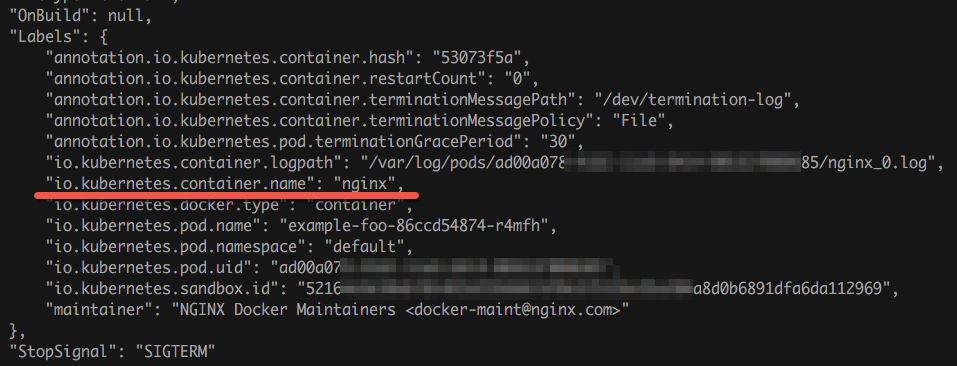
Use the console to collect Kubernetes stdout and stderr logs in DaemonSet mode - Data Collection ...
Kubernetes Core Concepts - Labels, Selectors and Annotations What are Selectors in Kubernetes? Selectors are used to filter out objects based on their assigned Labels. Labels and Selectors goes hand in hand. For example Selectors will help us filter out objects like give all the application pods which are of type staging. Example syntax to define Selectors
blog.kubecost.com › blog › kubernetes-labelsThe Guide to Kubernetes Labels - Kubecost Blog Sep 01, 2021 · Kubernetes provides two ways of selecting objects with labels: equality and set-based selectors. Equality : You can select objects which are equal or not equal to one or more label values. You can have multiple selectors separated by commas, and all conditions must be met for a resource to match this selector.
What are Kubernetes Services? | VMware Glossary Kubernetes services connect a set of pods to an abstracted service name and IP address. Services provide discovery and routing between pods. For example, services connect an application front-end to its backend, each of which running in separate deployments in a cluster. Services use labels and selectors to match pods with other applications.
Understanding Labels, Selectors and Annotations in Kubernetes There are two kinds of selectors. Equality-based and Set-based selectors. Equality-based requirement Equality based selectors help you filter resources equal to a certain key and value. You would following operators for equality based-requirements: = == != Example # this command would give us all resources with the env =prod label
Labels and Selectors — Kubernetes on AWS 0.1 documentation Labels and Selectors ¶ Labels are key/value pairs that are attached to Kubernetes objects, such as pods (this is usually done indirectly via deployments). Labels are intended to be used to specify identifying attributes of objects that are meaningful and relevant to users. Labels can be used to organize and to select subsets of objects.

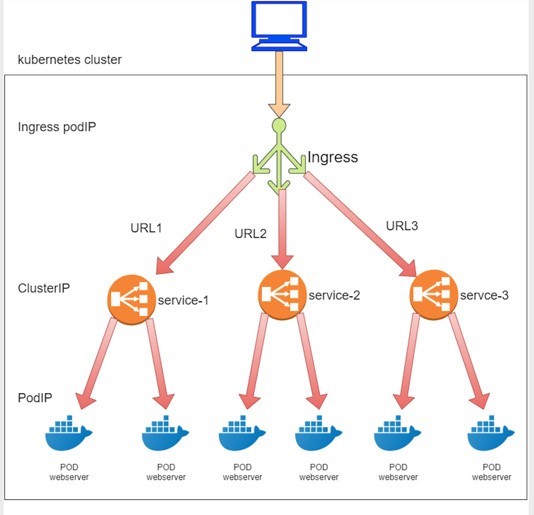
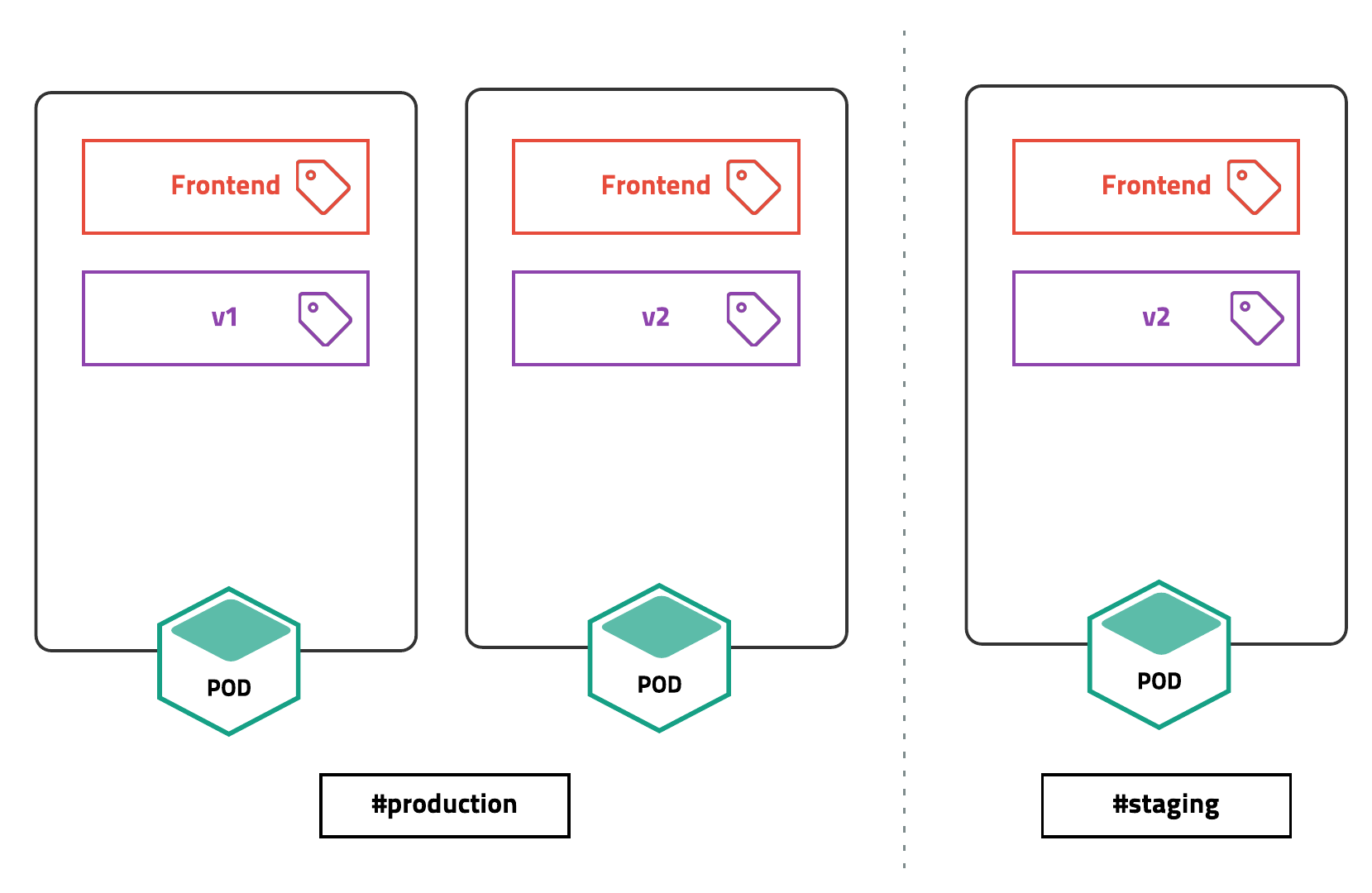



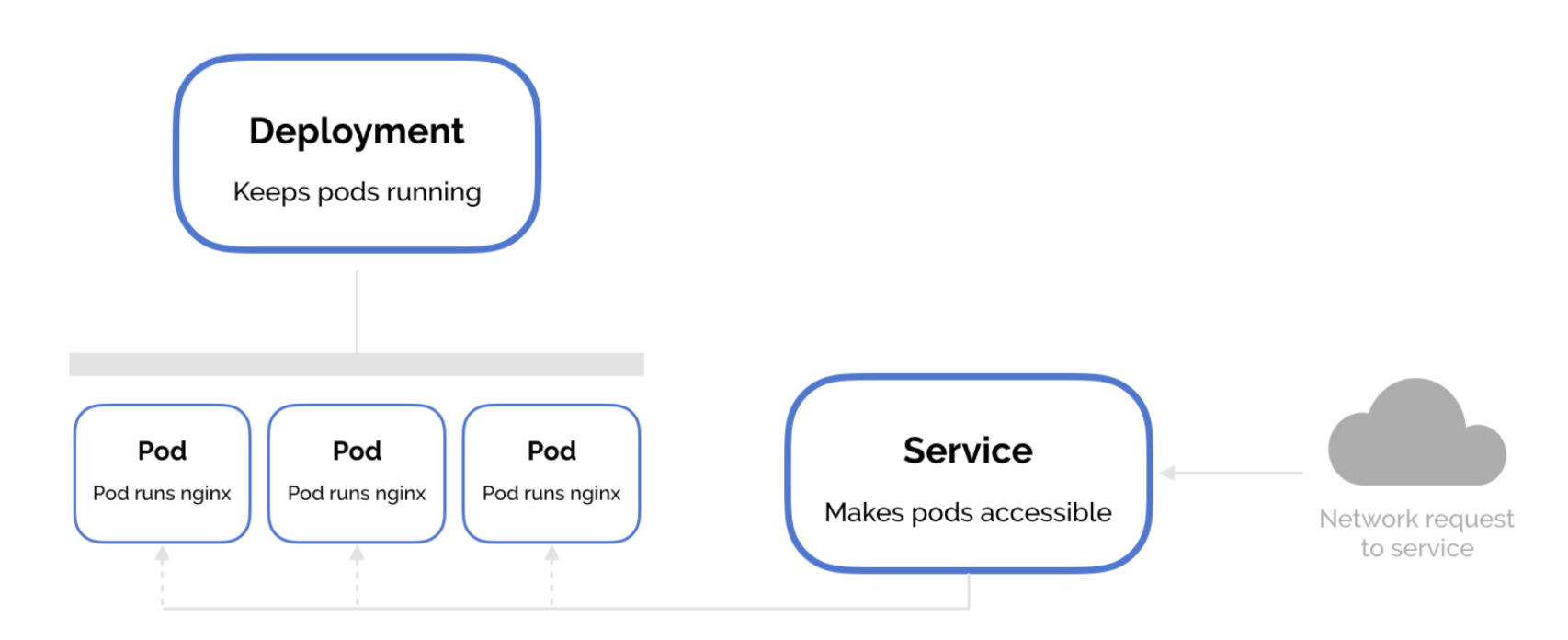
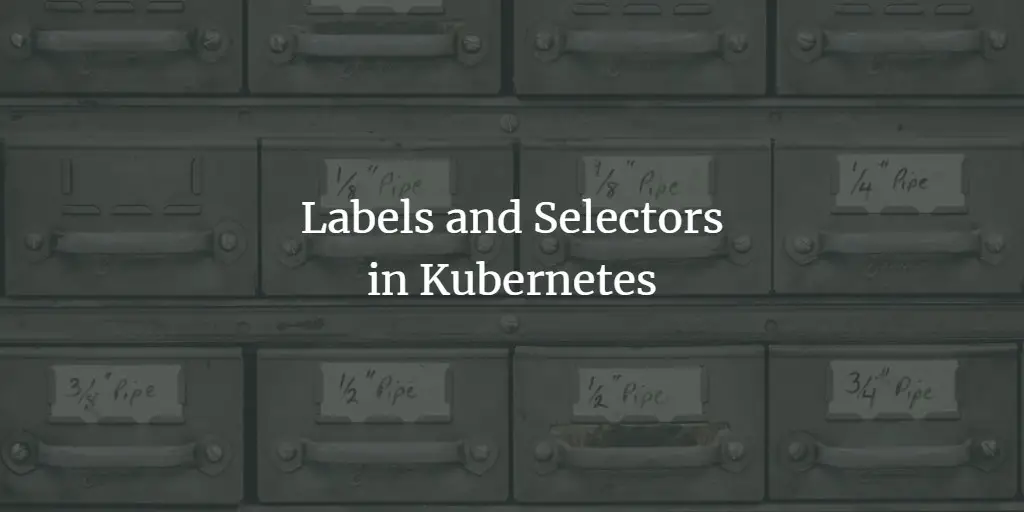

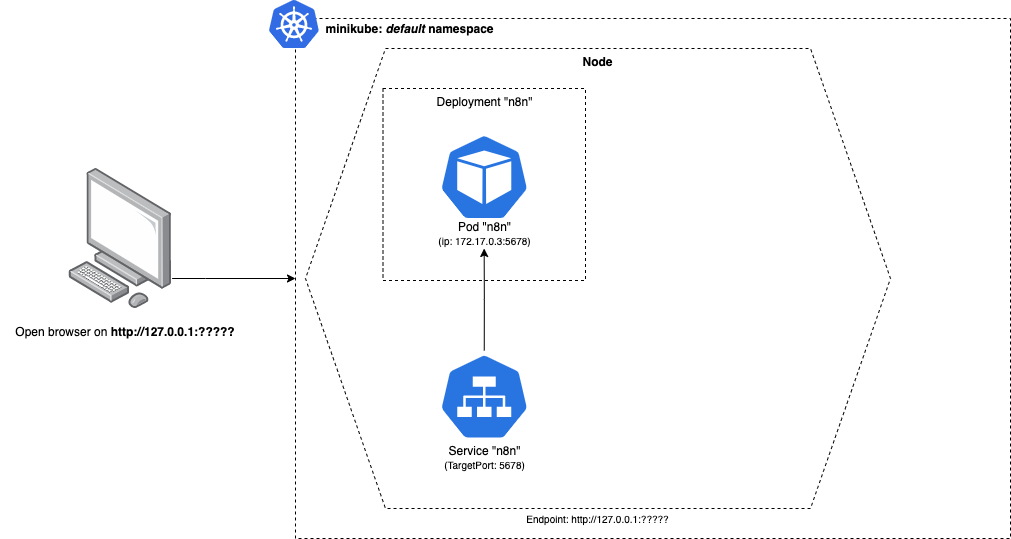


Post a Comment for "42 labels and selectors in kubernetes"